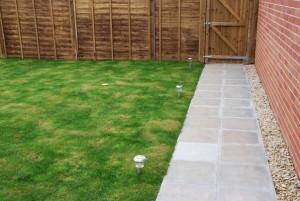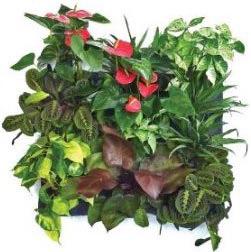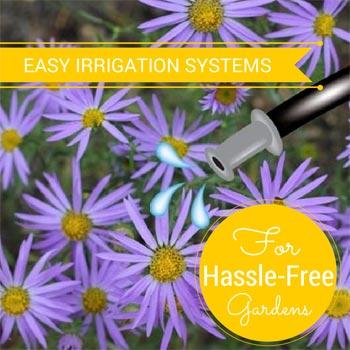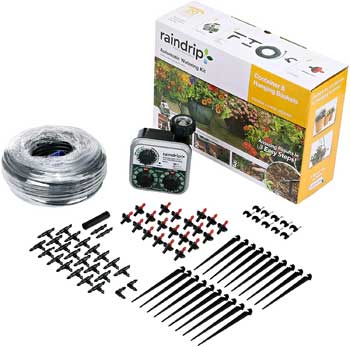 Not everyone has a large backyard. However, backyard gardens can provide many benefits, including organic food production, a beautiful landscape, an ongoing fresh herb supply and an opportunity to partake in an interesting and fun hobby.
Not everyone has a large backyard. However, backyard gardens can provide many benefits, including organic food production, a beautiful landscape, an ongoing fresh herb supply and an opportunity to partake in an interesting and fun hobby.
There is no reason why you have to stop your gardening projects if you are simply limited by square footage. There are plenty of people living in urban homes that have small yards or apartments with only concrete balconies that have figured out how to develop beautiful thriving gardens despite their limitations.
The solution is to grow up. Use existing walls and fences to your advantage and plant vertical gardens without taking up a lot of space. In some situations, plants may actually be able to grow better in a vertical structure if it gives them access to more sunlight or provides them more growing space than a traditional garden growing horizontally from the earth or from a raised bed.
 For beginners, starting a garden from scratch can definitely be intimidating, especially one that’s vertical. The key is to begin with a plan and then create your garden piece by piece. Lightweight woolly pockets are great for this, because you can purchase a few segments at a time and continue to add on over time – until you have an entire wall of foliage if you want.
For beginners, starting a garden from scratch can definitely be intimidating, especially one that’s vertical. The key is to begin with a plan and then create your garden piece by piece. Lightweight woolly pockets are great for this, because you can purchase a few segments at a time and continue to add on over time – until you have an entire wall of foliage if you want.
You don’t have to build everything at once. Not only can this get expensive, but it can also turn into an overwhelming project.
Start with your goal in mind. Do you want to plant a vegetable garden, fruit trees, colorful flowers or simply greenery to disguise an ugly fence in your yard or wall along your patio?
Next, get a general idea of which plants will grow well in your space. You will need to consider light, temperature and climate. The National Gardening Association has a Hardiness Zone Finder map on their site that you can use for free.
Another thing to think about is maintenance. If you want low maintenance landscaping that requires minimal watering or less frequent pruning or leaf clean-up, it’s important to figure this out before you undertake your project.
After that, design a basic layout. Figure out what will go where, so your garden does not end up overtaking your entire space. For example, will you want plants located higher so that you can easily view them through a window? Do you want to include a sound-enhancing water feature or a decorative rain barrel that can become a centerpiece for your garden?
It can often be helpful to look at pictures of vertical gardens that other people have created and vertical garden kits to see what fits into your budget. Better Homes and Gardens has a free Plan-a-Garden tool online.

 Not only are
Not only are 